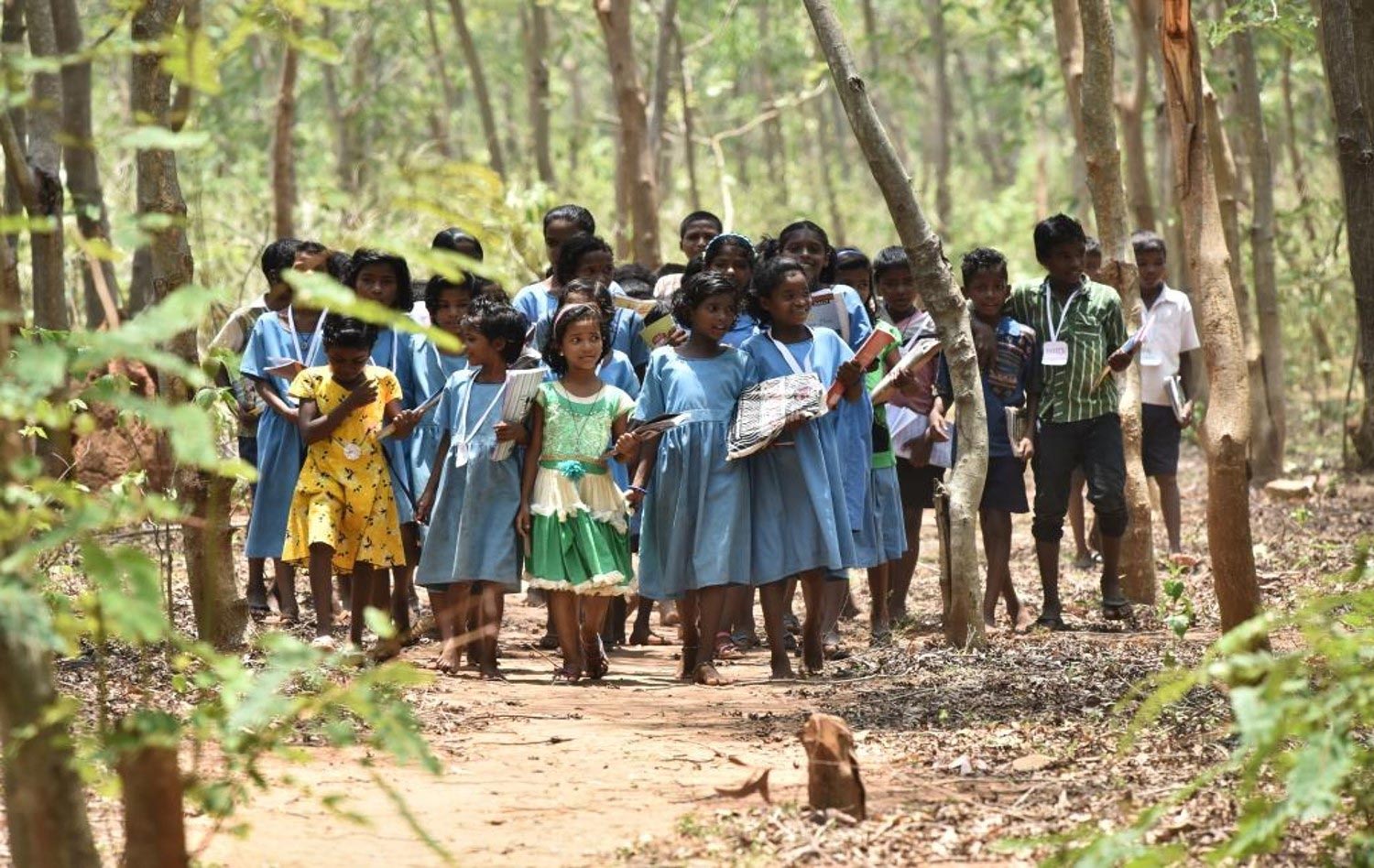We recognise that home language or mother tongue is the gateway to easy learning. Our learning interventions use home language for teaching and learning to enhance childrens’ participation and overall learning outcomes. For example, we use flashcards with pictures and descriptions in both home language and school language, so that the child can quickly catch up.
We incorporate culturally responsive instructions in classrooms to ensure children from diverse backgrounds feel included. For example, local indigenous folk songs and stories are used during playtime to integrate children who come from indigenous backgrounds.
We emphasise use of indigenous knowledge in the teaching-learning process to support deep learning, inclusivity, and cater to the needs of the learner. Our learning interventions use indigenous folk stories, songs, and riddles to teach learners basic concepts and also improve their linguistic skills.
